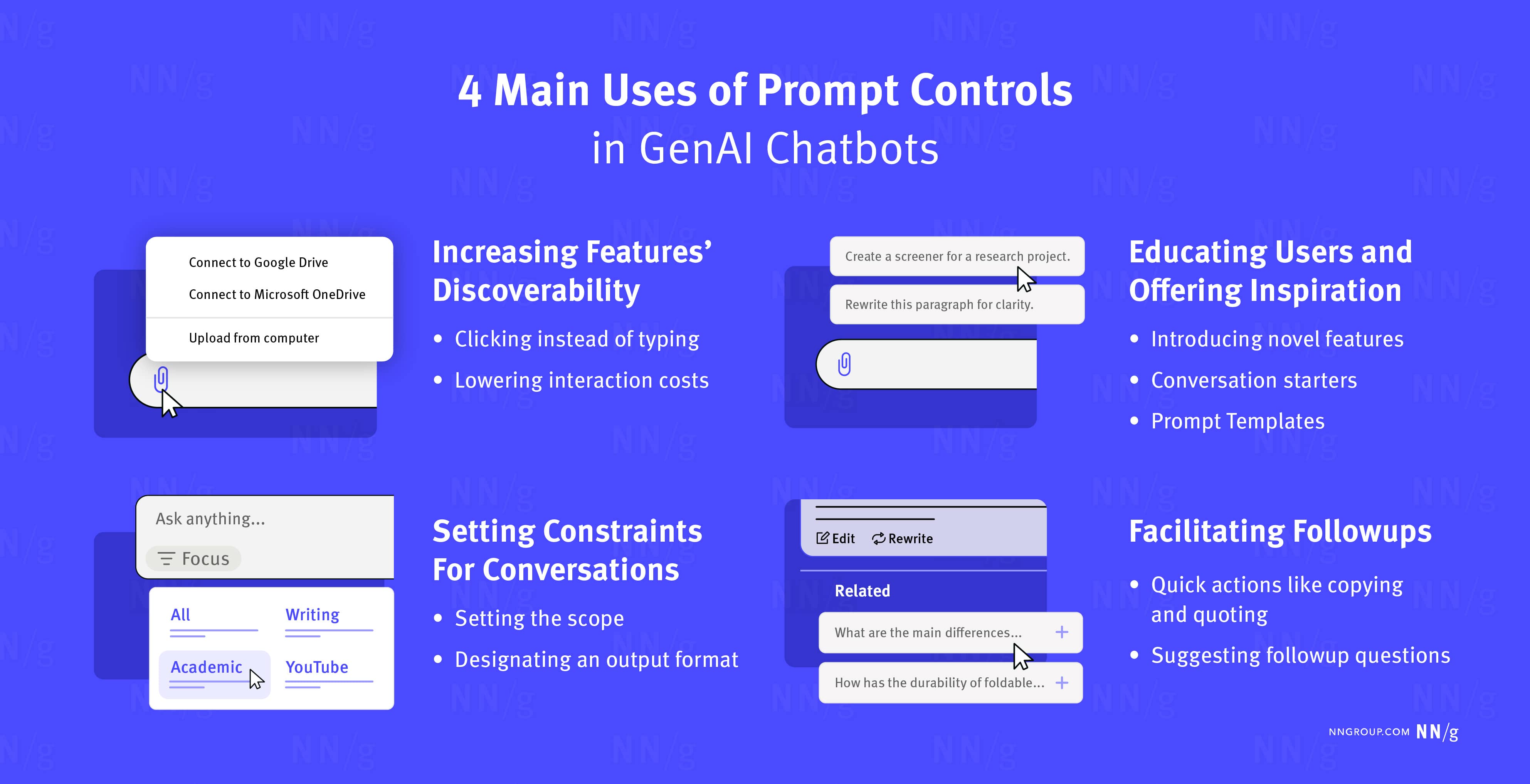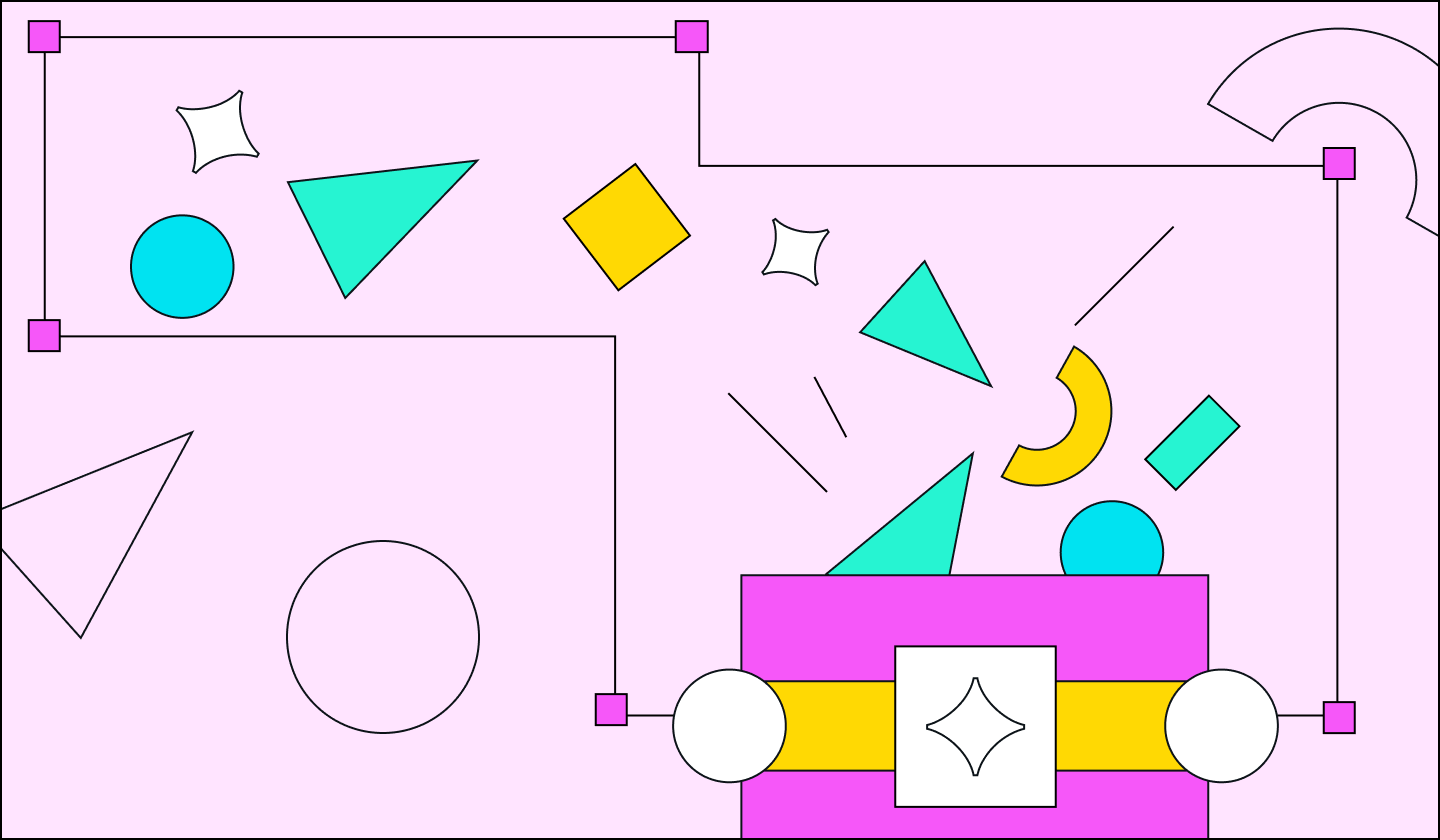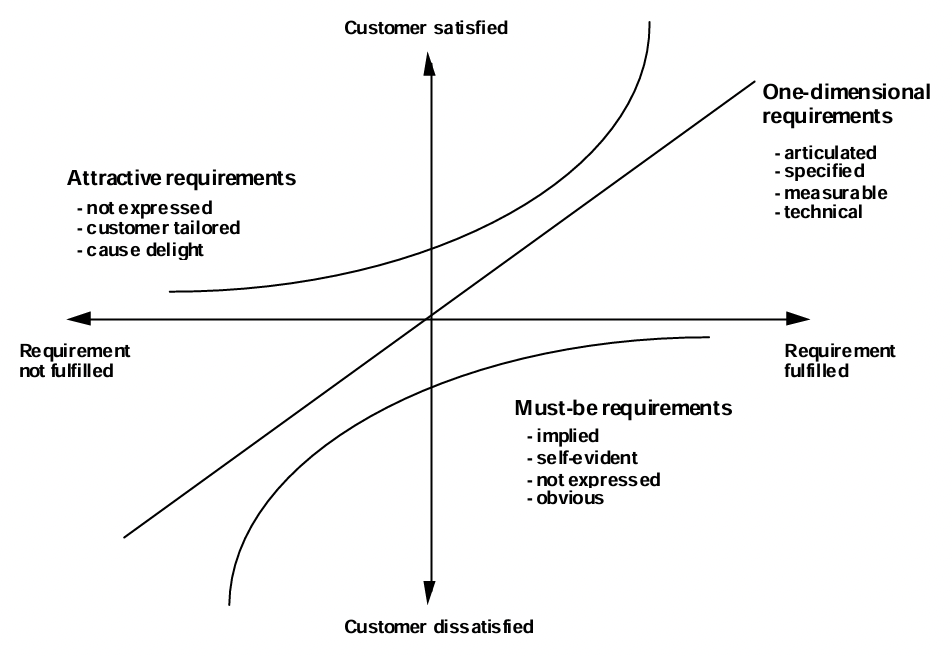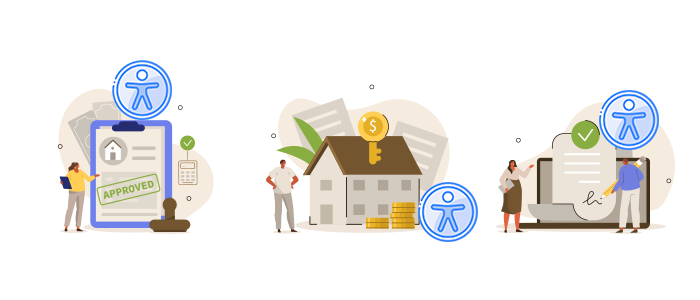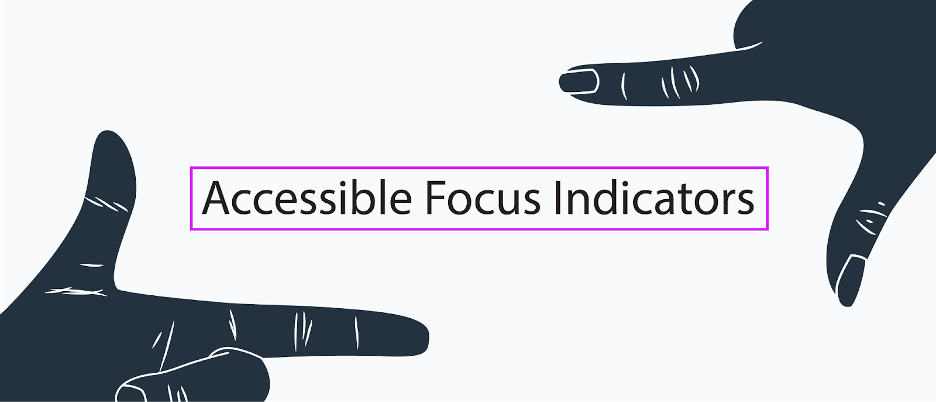At UX studio, we facilitate and participate in many workshops, so we have that kind of experience, which could be helpful for someone searching for the how-tos. Here comes your guidance on how to run a workshop and how not to. What Are Workshops and Why Do We Run Them Workshops are designed to solve… Continue reading 7 Common Mistakes in Running Workshops
Tag: feel
Prompt Controls in GenAI Chatbots: 4 Main Uses and Best Practices
Summary: When following good practices, prompt controls can increase the discoverability of genAI chatbots’ features, offer inspiration, and minimize manual user input. Adding UI Controls to Prompting Generative AI (genAI) chatbots, such as ChatGPT and Perplexity, rely heavily on text prompts from their users. As these interfaces continue to evolve, AI chatbot designers have started… Continue reading Prompt Controls in GenAI Chatbots: 4 Main Uses and Best Practices
The Humanization of ChatGPT and Its Impact on Trust
AI is the future, but we still know very little about it. We believe that understanding how people think about AI and how they use AI tools are key parts in being able to create proper AI-powered products and tools. This thought motivated us to do research on the topic. The research process itself was… Continue reading The Humanization of ChatGPT and Its Impact on Trust
Top 10 UX Design Agencies to Work With – July 2024
While in-house UX consultants, UI/UX designers, and user researchers continue to gain popularity, some businesses continue to opt for the expertise of specialized UX design firms. Here, we listed user experience consultancies and full-service UI UX design agencies from the US to Europe, with a brief description of each to help you decide. If you… Continue reading Top 10 UX Design Agencies to Work With – July 2024
The Best Things About Working in UX
Summary: We surveyed 126 practitioners, uncovering 8 things practitioners love about working in UX, from problem-solving to accessible design. About the Survey With the current state of the economy, the advent of AI, and recent layoffs, many UX professionals are feeling anxious. I can understand this sentiment as we’re going through a period of uncertainty.… Continue reading The Best Things About Working in UX
32 Creative Stationery Mockups That Will Make Your Brand Stand Out
The Power of Presentation: How creative stationery mockups elevate your corporate branding! For graphic designers working on corporate branding, a logo and color palette are just the beginning. A truly cohesive brand identity extends to all touchpoints, including the seemingly small detail of business stationery. But how do you effectively showcase your vision for letterheads,… Continue reading 32 Creative Stationery Mockups That Will Make Your Brand Stand Out
Why You Should Consider Luxury Vinyl Tiles (LVT)
With a combination of alluring luxury, practicality and functionality, luxury vinyl tiles (LVT) stand as a testament to innovation in flooring technology. It’s quickly emerged as a popular choice for homeowners and designers due to its affordability, durability and aesthetic appeal. Unparalleled Aesthetic Appeal One of the most compelling reasons you should consider luxury vinyl… Continue reading Why You Should Consider Luxury Vinyl Tiles (LVT)
Customer Experience Development: Building Stronger Connections with Your Customers
The Power of CX Development: Building Strong Connections with Customers The significance of a customer experience process is increasing rapidly in the e-commerce realm. Without the physical touchpoints applied in brick-and-mortar retail, it encompasses the entire customer journey. The foundation of effective digital selling, therefore, is the seamless fusion of technology, comfort, and human connection… Continue reading Customer Experience Development: Building Stronger Connections with Your Customers
Best AI Design Tools: Insights & Tips From 50+ Tools
Impact of AI in design When it comes to design, AI has great creative capacity, given its text generation and text-to-image capabilities. Seeing some photorealistic images generated by AI, we cannot help but wonder what this means for us as designers. Some of the questions that were on our minds: How can we use this… Continue reading Best AI Design Tools: Insights & Tips From 50+ Tools
How to Tackle Prompting Challenges with AI Writing Tools
With the rise of readily available generative AI tools, it is now possible to create large bodies of text in a matter of seconds. However, crafting the right prompts to achieve the desired output can be challenging. In this article, we will examine the complexities of prompting and how AI writing tools can simplify the… Continue reading How to Tackle Prompting Challenges with AI Writing Tools
Modernizing LOTO — Prioritizing User Requirements with the Kano Model
[unable to retrieve full-text content] I worked on this project for nearly 2 years at my previous workplace, and although I can’t dive deep into the technical details due to NDAs, the process itself was an incredible learning journey for me. And that’s what we will be focusing on, the journey not the destination. In… Continue reading Modernizing LOTO — Prioritizing User Requirements with the Kano Model
The power of beauty in communicating complex ideas
Can we defend pursuing beauty when communicating science or innovation? When creating visuals to explain complex ideas, cutting edge innovations or new scientific research we often focus on the images’ ability to carry information. But data visualization, infographics or even schematics have a hidden power we rarely discuss: beauty. Obviously not all images are beautiful. As… Continue reading The power of beauty in communicating complex ideas
Company culture is more than just office perks
How product culture and company culture are intrinsically related. Image by Creative Lab @ scop.io “Company culture is the backbone of any successful organization.”—Gary Vaynerchuk A goal is something to aim at Company culture is a powerful hiring magnet and a common discussion topic both in- and outside of companies. It starts with providing good environment and… Continue reading Company culture is more than just office perks
7 Ways Inclusion Can Impact Productivity and Creativity
Did you know that inclusion can impact your team’s productivity and creativity? Let’s go over some data-driven facts about inclusion in the workplace. Discover how it can positively impact your business! Promoting an inclusive work environment can allow employees to thrive. Image source: Envato Elements Generating an inclusive work environment can allow everyone to thrive.… Continue reading 7 Ways Inclusion Can Impact Productivity and Creativity
30 Free Xmas Graphics
Compilations By Louise North 4 days ago We’ve reached that time of year when all marketing is on a singular theme: snow, presents, and turkey (or nut roast, if that’s your preference). These last few weeks running up to the Christmas break can be an endless trudge through grey, cold weather if you’re in the… Continue reading 30 Free Xmas Graphics
Why weirdness is at the center of belonging, diversity, and innovation.
Why weirdness is at the center of belonging, diversity, and innovation In my senior year of college, I took a class about how to prepare for the workplace. The class taught us how to write a resume, what to wear to job interviews, and what companies look for in candidates. It was an easy A.… Continue reading Why weirdness is at the center of belonging, diversity, and innovation.
15 Best New Fonts, November 2023
Fonts By Ben Moss 2 days ago 2023 is almost over, and the new fonts are still coming thick and fast. This month, we’ve found some awesome variable fonts, some revivals, and one or two novelty fonts to get you through the holiday promotion work. Enjoy! Dash Dash is the result of detailed scientific study… Continue reading 15 Best New Fonts, November 2023
Designing for accessibility beyond compliance
Companies approach accessibility as a checklist of standards — but a client with disabilities showed me how to think beyond compliance. Source: Photo by Marcus Aurelius During my time volunteering at Neil Squire Society, and helping Hunter, a client with disabilities, be more comfortable using a computer, I learned a lot about how to better design from three… Continue reading Designing for accessibility beyond compliance
Housing, It’s a Human Right (Part 2)
A 3-Part Series on the digital accessibility of the housing process experienced by people with disabilities. In this 3-part series, we will look at the challenges and rewards of the entire experience surrounding the process of acquiring housing for people who live with a disability. We will look at: Buying an existing home Leasing an… Continue reading Housing, It’s a Human Right (Part 2)
Give Your Site Some Focus! Tips for Designing Useful and Usable Focus Indicators
What Are Focus Indicators? Have you ever noticed the blue outlines that sometimes show up around buttons or form fields? What about when you click on a menu item? Have you ever tried to make those outlines disappear? Here’s a hint: by default, browsers use the :focus css pseudo class to give outlines to form… Continue reading Give Your Site Some Focus! Tips for Designing Useful and Usable Focus Indicators
What should be the contrast level of inactive buttons?
Using the APCA Readability Criterion to improve the accessibility of disabled controls Disabled buttons. They need to look non-interactable. But they also can’t be completely unreadable. How do I find the sweet spot? I spent a few hours in a deep dive going through a bunch of blogs and accessibility guidelines documentation in search for best approaches… Continue reading What should be the contrast level of inactive buttons?
Housing, It’s a Human Right (Part 1)
A 3-Part Series on the digital accessibility of the housing process experienced by people with disabilities. In this 3-part series, we will look at the challenges and rewards of the entire experience surrounding the process of acquiring housing for people who live with a disability. We will look at: Buying an existing home Leasing an… Continue reading Housing, It’s a Human Right (Part 1)
We’re turning designers into factory workers
Considering the availability of modern tools and recent advancements in governance (design systems), one might think designers could relax and enjoy some leisure time. Surprisingly, that’s not the case. In fact, it feels like designers have even less time than before. As we’re frantically pushing towards an auto-governed future, we ought to stop and think… Continue reading We’re turning designers into factory workers
How to navigate the insanity of behavioral science
I recently published a scientific paper on the Interactive Behavior Change Model (IBCM). The IBCM is a behavioral science system I developed during my doctorate studies. It is comprehensive, with an intuitive, theory-based structure that is easy to learn and grounded in the science of building digital products. But best of all, it’s an excellent choice… Continue reading How to navigate the insanity of behavioral science

